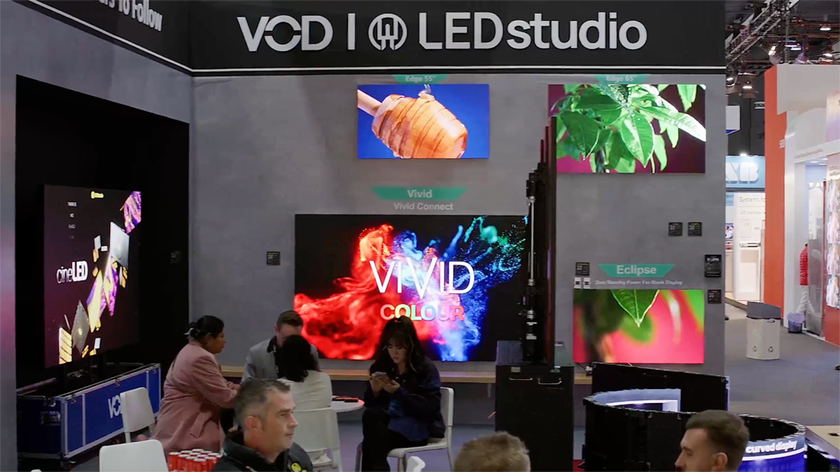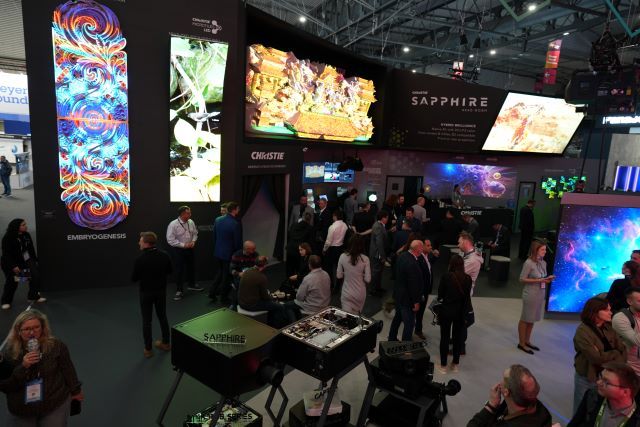You know about fiber-optic cabling. You know it’s made up of glass strands that transmit data at the speed of light and with nearly unlimited bandwidth.
So why aren’t you using it?
It’s fragile. It’s hard to work with. It requires certified technicians…All of which are no longer true. Fiber is still more expensive than good-old Category cabling, but costs are coming down. And what future-proofing doesn’t require a smart and well-planned investment?
This is you and your clients’ AV and data networking infrastructure, after all. It has to be fast and robust. For decades.
1. Fiber-optic cabling is not new
In 2017, an estimated 280 million kilometers of fiber-optic cabling were sold around the world. That’s nearly a trillion feet of fiber. Fiber-optic cabling has become a must for commercial buildings and enterprise options the world over.
2. Fiber unclogs your networks
Fiber optic cabling can easily handle today and tomorrow’s high-definition demands of video and internet transmissions.
Video accounted for an estimated 73% of Internet traffic in 2017 and is set to grow to 82% of all net traffic by 2021.
Internet-connected devices will strain networks as well. Gartner Research predicts between 20 to 30 billion connected devices in use by 2020. Yes, that’s everything with an Internet address—eating up bandwidth.
Fiber-optic cabling’s nearly unlimited bandwidth provides the best networking infrastructure for today and tomorrow. Just ask Advantage Electric, which recently outfitted the enormous Westgate Las Vegas Resort & Casino and its giant marquee with a much faster, more robust fiber-optic network.
3. Fiber is built for 4K video and beyond
No matter how advanced Category cabling becomes at transmitting video, voice, and data, it is limited by its copper core and the distance you can send those signals.
Uncompressed 4K video can take up to 18Gbps, already beyond the capabilities of category copper, while 8K video will up the ante to 48Gbps. The demands on our networking infrastructures increase daily, in some cases hourly. And HDMI copper cabling is good for only short distances.
4. The biggest factor in moving to fiber-optic cabling?
Think distance, says Evan Zucker, Las Vegas-based Advantage Electric’s low-voltage director and senior on-site technician. “You need less than 330 feet to run Category 6.” For many commercial buildings, a fiber-optic infrastructure solves the issue of moving data and video long distances.
5. The right fiber-optic cabling is NOT hard to work with.
Or too fragile to “pull.” Cleerline Technology Group’s SSF fiber-optic cable can be terminated in the field by AV techs and electricians after viewing a short YouTube video. The cabling’s innovative polymer design protects fingers and can be peeled easily to make quick connections. It also is 200 times more durable under duress than other cabling and can be bent down to as little as 2.2mm radius. Try that with Cat 5 or 6.
To learn more about fiber-optic cabling options like transmission modes, connections, cleaving and installation, download Prosper at the Speed of Light and the Safe Bet on Big Fiber case study.
Additional Resources
Learn how choosing the right fiber-optic cabling infrastructure to will help your company gain competitive edge.
Is installing fiber-optic cabling a risky bet? Not if you’re a contractor upgrading the AV network in this huge Las Vegas hotel and casino.












